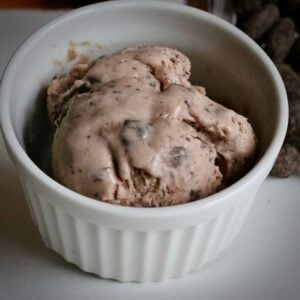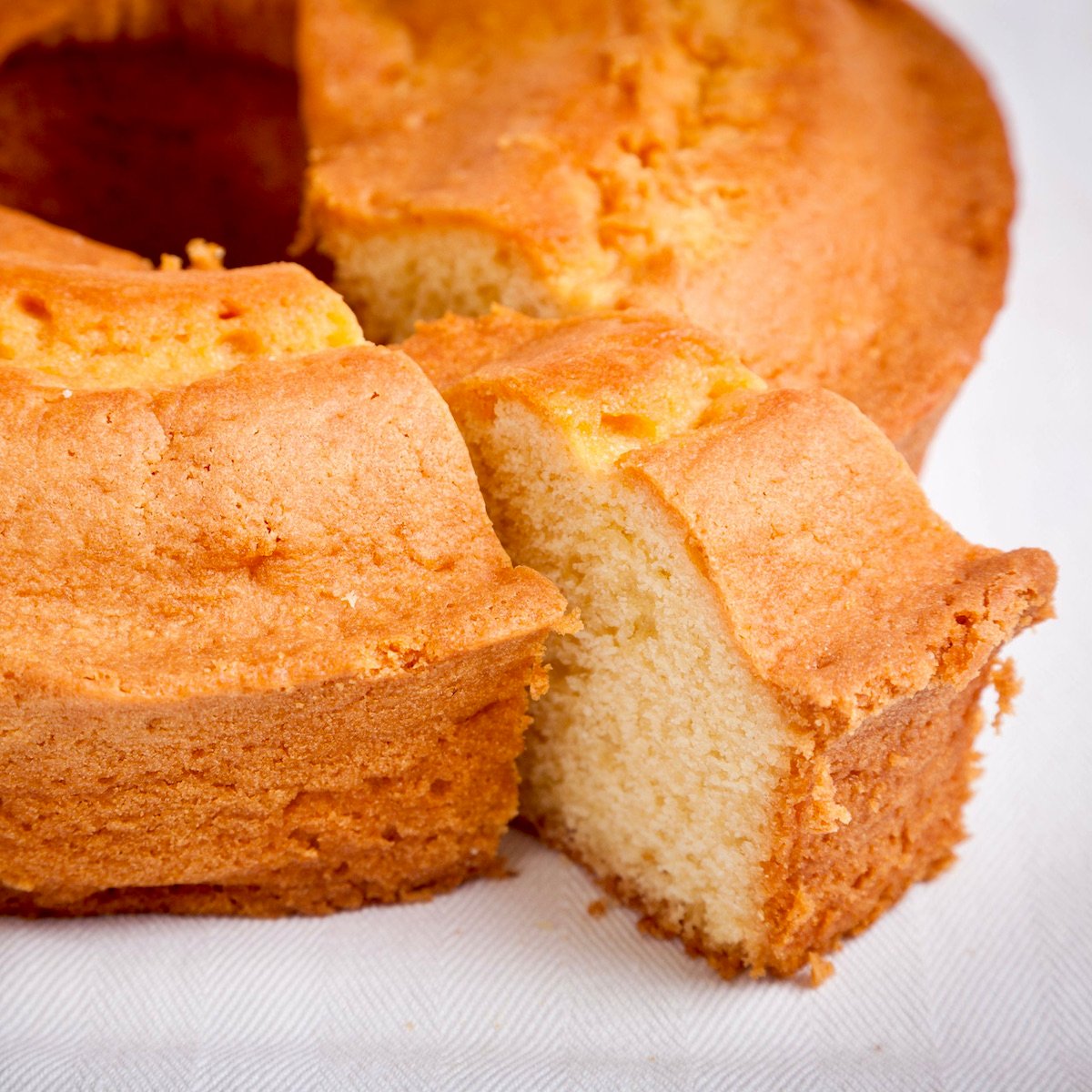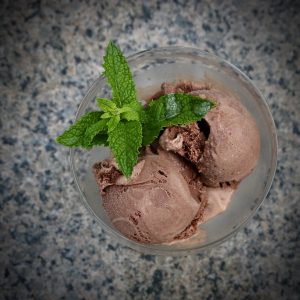What’s the Difference Between Ice Cream & Gelato
I celebrated a big birthday at the beginning of the month. My wife invited some friends over, including my neighbor, who gave me a Cuisinart Commercial Quality Ice Cream & Gelato Maker (ICE-100) as a birthday present. This past weekend, my youngest daughter and I used the kit to make strawberry and chocolate macadamia nut gelato. To our delight, both gelati flavors turned out smooth and delicious.
Aside from ” What’s your favorite ice cream flavor?” everyone asks me, “What is the difference between ice cream and gelato?” You are not alone if you don’t know the answer to this important life question. I decided to investigate this dilemma, and here’s what I found.
The Similarities
Ice cream and gelato share several similarities, given that they are both frozen dairy desserts. Here are the key aspects they have in common:
- Basic Ingredients:
- Both ice cream and gelato are made from a base of milk, cream, and sugar. Though the ratios differ, these core ingredients form the foundation of both desserts.
- Sweetness:
- Both are sweetened with sugar or similar sweeteners to enhance flavor, making them deliciously indulgent frozen treats.
- Custard Base (Optional):
- Both may use egg yolks to create a custard-like base. Though gelato often uses fewer eggs or none at all, some recipes for both desserts can incorporate eggs to add richness.
- Flavor Variety:
- Ice cream and gelato come in a wide range of flavors, from classic vanilla and chocolate to more adventurous combinations like fruit, nuts, and exotic ingredients.
- Churned and Frozen:
- Both are churned during freezing to create a smooth texture by preventing the formation of large ice crystals.
- Enjoyed as a Dessert:
- Both are widely consumed as desserts, often served in cones or cups or alongside other sweets like cakes or pies.
- Toppings and Mix-ins:
- Both ice cream and gelato can be customized with various toppings (e.g., chocolate sauce, nuts, fruit) or mixed with ingredients like cookie dough, candy, or fruit.
Both treats are universally loved because of their shared basic structure and versatility despite their distinct texture and fat content differences.
The Differences
The main differences between ice cream and gelato lie in their ingredients, texture, fat content, and serving temperature:
- Ingredients and Fat Content:
- Ice Cream is made with a higher proportion of cream, milk, sugar, and often egg yolks. By law, in the U.S., ice cream must contain at least 10% milkfat, but premium varieties may have up to 16% or more fat.
- Gelato: Contains more milk than cream, resulting in a lower fat content (typically between 4% and 8%). It often doesn’t use egg yolks or uses them in smaller quantities compared to ice cream.
- Churning Process:
- Ice Cream is churned at a faster speed, incorporating more air (up to 50% air by volume), making it lighter and fluffier.
- Gelato: Churned more slowly, incorporating less air (10% to 25% air), resulting in a denser and creamier texture.
- Texture:
- Ice Cream: Generally creamier and more aerated.
- Gelato: Denser, silkier, and smoother due to the lower air content.
- Serving Temperature:
- Ice Cream: Served at colder temperatures (around -12 to -14°C or 10 to 14°F), which can make it firmer.
- Gelato is served at slightly warmer temperatures (around -10 to -8°C or 14 to 18°F), making it softer and more pliable.
- Flavor Profile:
- Ice Cream: The higher fat content can coat the palate, sometimes muting the intensity of flavors.
- Gelato: The lower fat content and serving temperature make the flavors more pronounced and vibrant.
These differences give gelato a richer taste and smoother mouthfeel, while ice cream tends to be more indulgent and creamy.
Milk Fat Makes Both Taste So Good
The source of richness in gelato and ice cream comes from their milk fats. When you bite into one of these frozen desserts, milk fats are responsible for the creamy smoothness you taste. Ice cream’s fat content is higher because it is typically made with more cream and less milk. On the other hand, gelato is composed of more milk – making it significantly lower in fat. Also, gelato tends to stay away from egg yokes; if they are ever added, they are added very sparingly.
Churn Baby Churn
The varying textures of a scoop of vanilla ice cream and a scoop of vanilla gelato will tell you that the churning processes differ between these deserts. Commercial Ice cream is churned extremely fast, adding volume and giving the base a light and airy texture. Conversely, Gelato is slowly churned, making it denser and harder to melt.
How Hot Is Your Ice Cream
Lastly, you may never have noticed this, but ice cream and gelato have about a 10-15 degree temperature difference when served. Ice cream is usually served at 10 degrees Fahrenheit, but because gelato has less air and fat consistency, it is served at a warmer temp.
If ice cream were served at the warm temperature of gelato, it would quickly turn to soup due to its extremely fluffy texture and high-fat content. When we made the gelato this past weekend, we combined the cream and milk to simmer over heat, something you wouldn’t do when making homemade ice cream.
What About Adding Eggs?
There are ice cream and gelato custards to complicate the world of creamy desserts further. These recipes use egg yolks to create an ultra-creamy and custardy flavor. Heavy cream and egg content make the custard the highest in the fat of all three varieties.
The Bottom Line
Overage means the air is incorporated into the creamy mixture when it is produced. Commercial ice cream can have as much as 50% air whipped into its base, while gelato has, at most, 30% churned into its’ ingredients.
Fat: Gelato typically contains 4-6% fat, while ice cream is never commercially sold with less than 10% fat. So, if you are concerned about fat content and choose between the two, go with Italian gelato.
Cost: On average, gelato costs 30-50% more than ice cream. Ice cream may be cheaper at the register, yet you are saving a few pennies to eat a lot of whipped air. Gelato is more densely packed; you will get much more out of it than store-bought American ice cream. Although a pint of gelato will have a heftier price tag at the grocery store than regular ice cream, you are actually paying the same amount when it comes down to it.
Flavor & Texture: Because gelato has less fat and air, the flavors are richer than ice cream. Despite its reduced fat content, gelato has a wonderful creamy texture and will melt in your mouth. On the other hand, ice cream has an icier and frozen mouth feel.
Sugar: You may be wondering about the sugar content in the two. The amount of sugar may vary depending on the recipe you follow for ice cream or gelato. All in all, however, sugar content is not a huge dividing factor.
Regardless of these differences, both ice cream and gelato belong to the same delicious family of creamy treats. Why squabble over differences? Just pick up the spoon and enjoy.

















10 Responses
What a great article! I always wondered what the difference between the two was…but less fat and a creamier texture? I’ll definitely take the gelato over the ice cream any day.
Gelato is definitely a more delicious treat, but make sure the scoop is small. The same size scoop of ice cream, especially non premium, has a lot less calories.
I find that commercial ice cream has a lot more additives in it than commercial gelato. I wonder if this has something to do with the melting temperature since the gelato would be naturally more stable. I do prefer the gelato and a little goes a long way. Now I know why!
Thanks.
Thank you for the info! I just discovered your website when investigating “deglazing”–fantastic clear explanation) . . . I’m delighted that you added info here about differences in sugar content of ice cream and gelato (negligible difference)–very thorough and just what I was wondering about.
Thanks for you comments Ann. Much appreciated.
I’ve been trying to find out the name and recipe for an ice cream type dessert I had quite a few years ago at a restaurant but have not seen since. It had a denser, richer consistency (than ice cream} and it was a struggle to scoop out a spoonful. It was served in a champagne glass and I believe was flavored with Grand Marnier. Would you happen to know what this dessert is? Thanks!
The frozen desert that you had was probably fiordilotte gelato. Fiordilotte means sweet cream. It is very rich and good with just about everything. It is white in color but has no vanilla in it. It is what most Italians use instead of vanilla. As a hobby I make Italian gelato, so have been trained in Italian gelato schools and have Italian equipment (very expensive). One very important difference between ice cream and gelato is that ice cream is usually frozen in about a half hour. Gelato needs to be frozen in 8 to 10 minutes. This makes the ice crystals in gelato much smaller than those in ice cream. This makes for a much denser and smoother product. The lower fat and higher serving temperature for gelato lets your taste buds see more intense flavor.
Thank you Walter for this information. Very interesting.
I think the term for how much air is injected into ice cream is actually “overrun” rather than “overage.” The only reason I checked is because I recently bought a quart of Trader Joe’s Super Premium French Vanilla Ice Cream. My fridge’s freezer compartment runs on the cold side, my microwave is on the fritz, and I don’t happen to have a 240-volt industrial ice-cream scoop on hand: scooping out enough for a small bowl was brutally difficult. I found myself thinking, “You know, there might actually be such a thing as ice cream with too little overage … or is it ‘overrun’? Better look it up.”
Peter, I will. Thanks for bringing it to my attention.